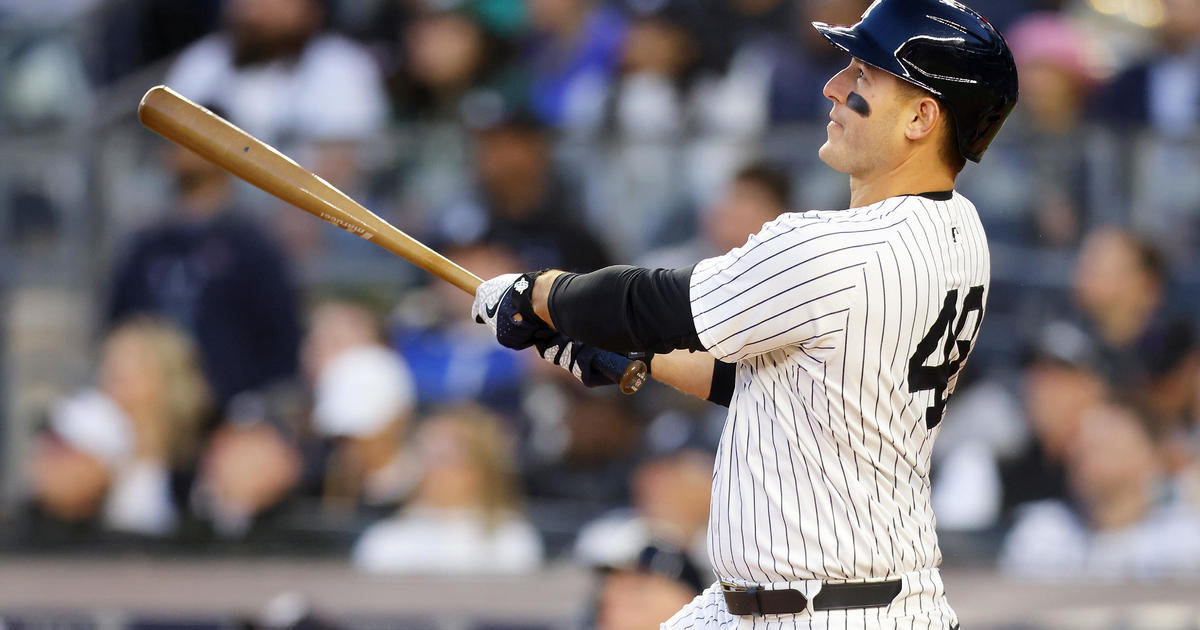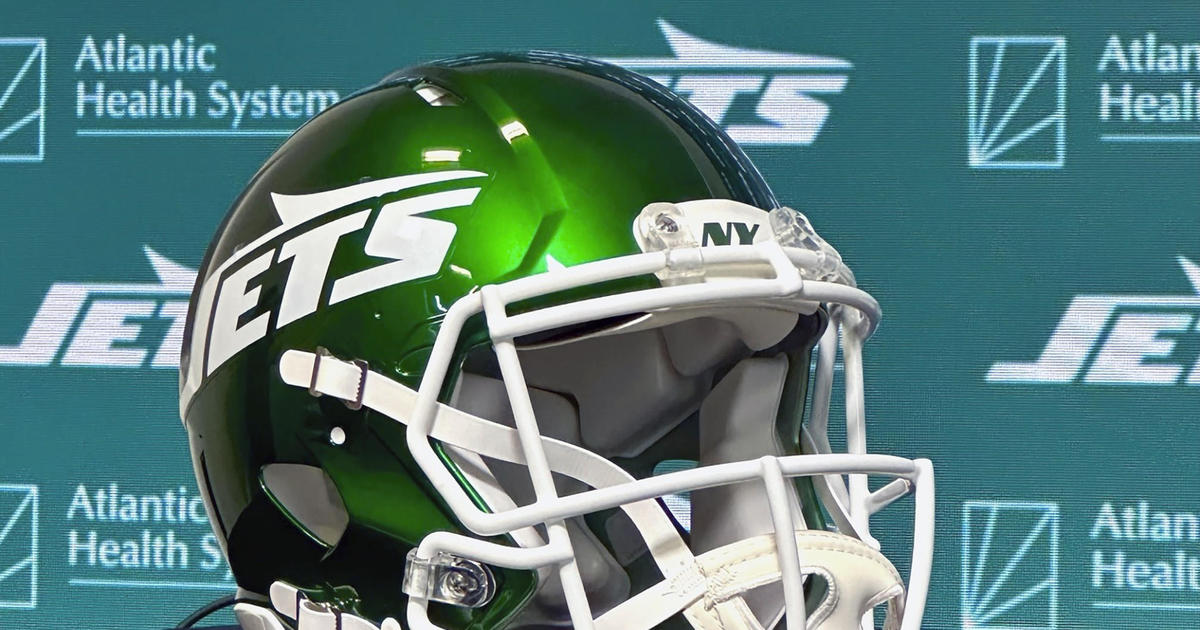Sims: A Closer Look At Masahiro Tanaka's Troubling Injuries
By Abby Sims
» More Columns
The Masahiro Tanaka story continues to unfold, with uncertainty and caution the prevailing themes. The Yankees' pitcher was placed on the 15-day DL on Tuesday, with reported diagnoses of a Grade 1 strain of his right forearm as well as wrist tendinitis.
The specific tendons involved were not identified in media reports, though it seems likely they are the wrist flexors. Evidently, an MRI did not reveal an exacerbation of the partial ulnar collateral tear in Tanaka's elbow (the good news), and the pitcher has said that the elbow feels fine. It wasn't until Tuesday that Tanaka complained of the wrist.
Tanaka has been pretty effective this season with a 2-1 record and 3.22 ERA while pitching on an extra day of rest in three of his four starts. His most recent performance was his first this season without the additional rest. Hmmmmm….
A FEW THINGS TO KEEP IN MIND
You know the old kids song about the hip bone being connected to the thigh bone? Well, the elbow is also connected to the forearm, and the forearm, in turn, to the wrist. But you knew that. What you may not realize is that the forearm muscles that attach via tendons at the elbow region also cross the wrist, attaching there via tendons as well.
The extraordinary stresses that pitchers place on the medial (inner) elbow — and the excessive loading of the region — can create inflammatory or degenerative conditions in a number of structures in the area. That explains why pitchers such as Matt Harvey initially report symptoms localized to the forearm, though the primary diagnosis turns out to be an ulnar collateral ligament (UCL) tear.
The tissues often impacted by medial elbow stresses include the wrist flexor muscles — which are in the forearm but whose tendons attach at the inner elbow — the forearm pronators (which turn the palm downward), the elbow joint capsule and the ulnar nerve. The repetitive demands of pitching and the nature of the motion itself — particularly the acceleration phase — are the primary culprits.
A partial tear of the UCL — also referred to as a moderate (Grade 2) sprain — causes laxity (looseness) of the ligament. This, in turn, creates joint instability. The resulting instability places even greater stress on the surrounding tissues. Even after the cumulative trauma of less significant Grade 1 injuries (micro-tears), ligaments may be weakened and tissues prone to inflammation. At worst, they could tear further. Additionally, other degenerative changes such as bone spurs may result from continued demands to the area.
So, for now Tanaka will once again rest and rehab. It seems everyone but the pitcher himself remains skeptical as to his longevity without surgery.



